SUMMARY
VENOM: Very mild - no known danger
PREVALENCE: Somewhat common
ACTIVE PERIOD: Active at night
KEY ID FEATURES: Variable in color from red and light grey to pink with green camouflage markings, very long and think, large head relative to neck
BEHAVIOR: Largely arboreal, will move into 'S' position and bite defensively
SIZE: Large - 130 - 160+cm
OTHER: Rear fanged and technically venomous but not known to be dangerous to humans
QUICK ASSESSMENT 0-10
GALLERY
IMPORTANT: Many snakes have significant variance in coloration and pattern even within the same species. There can also be extreme differences in appearance from juveniles to adults so it is important to never assume you have properly identified a snake.
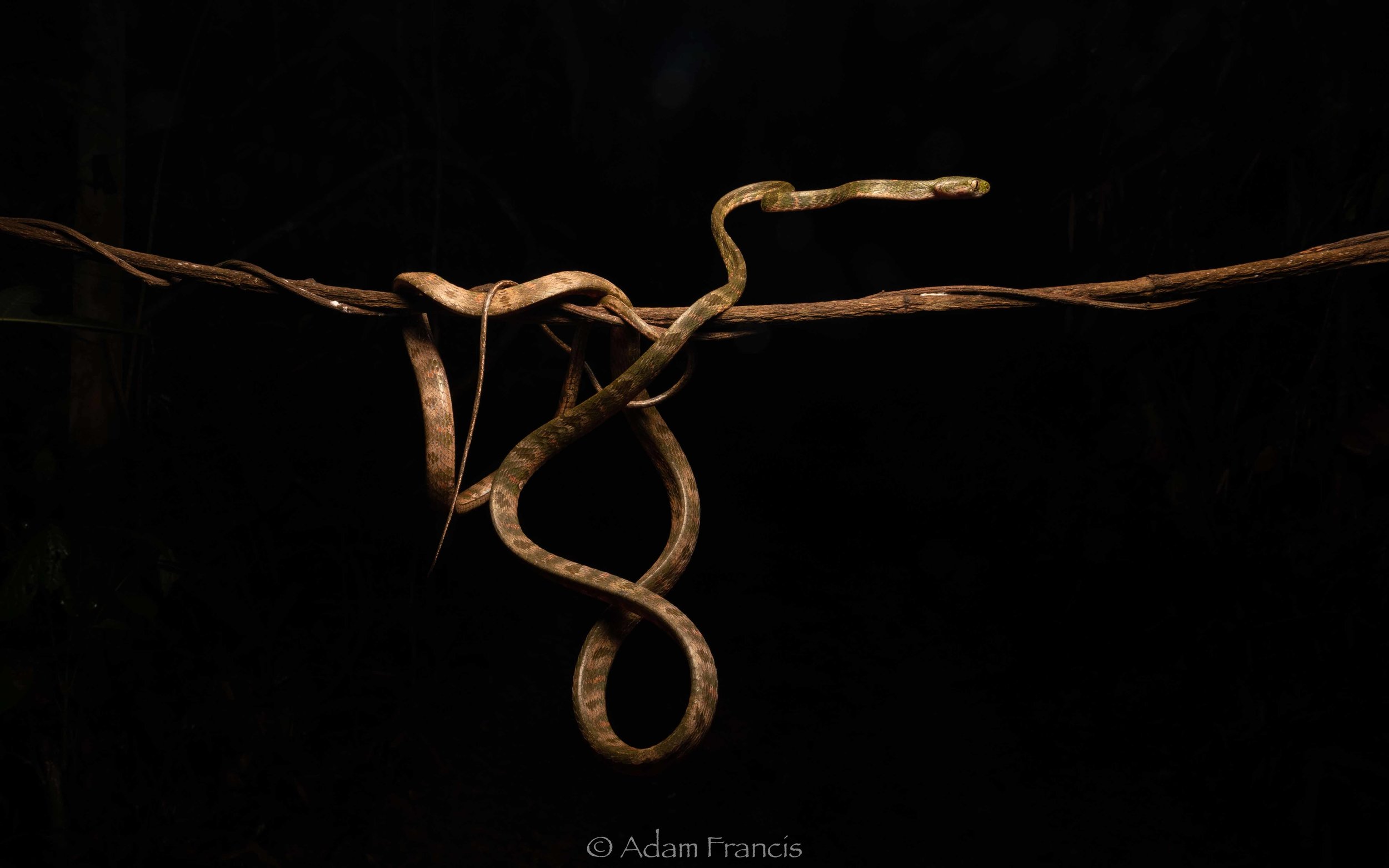
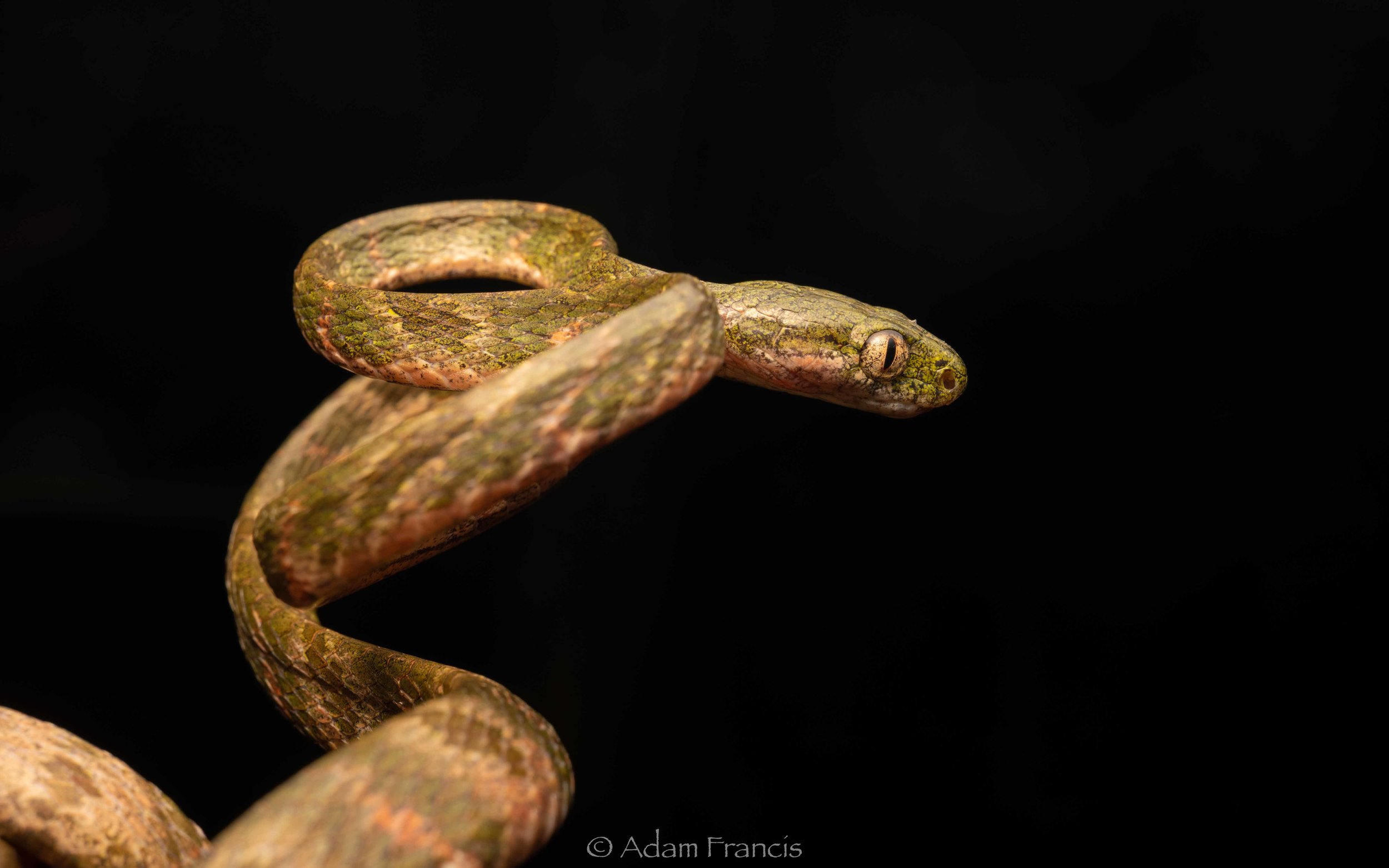
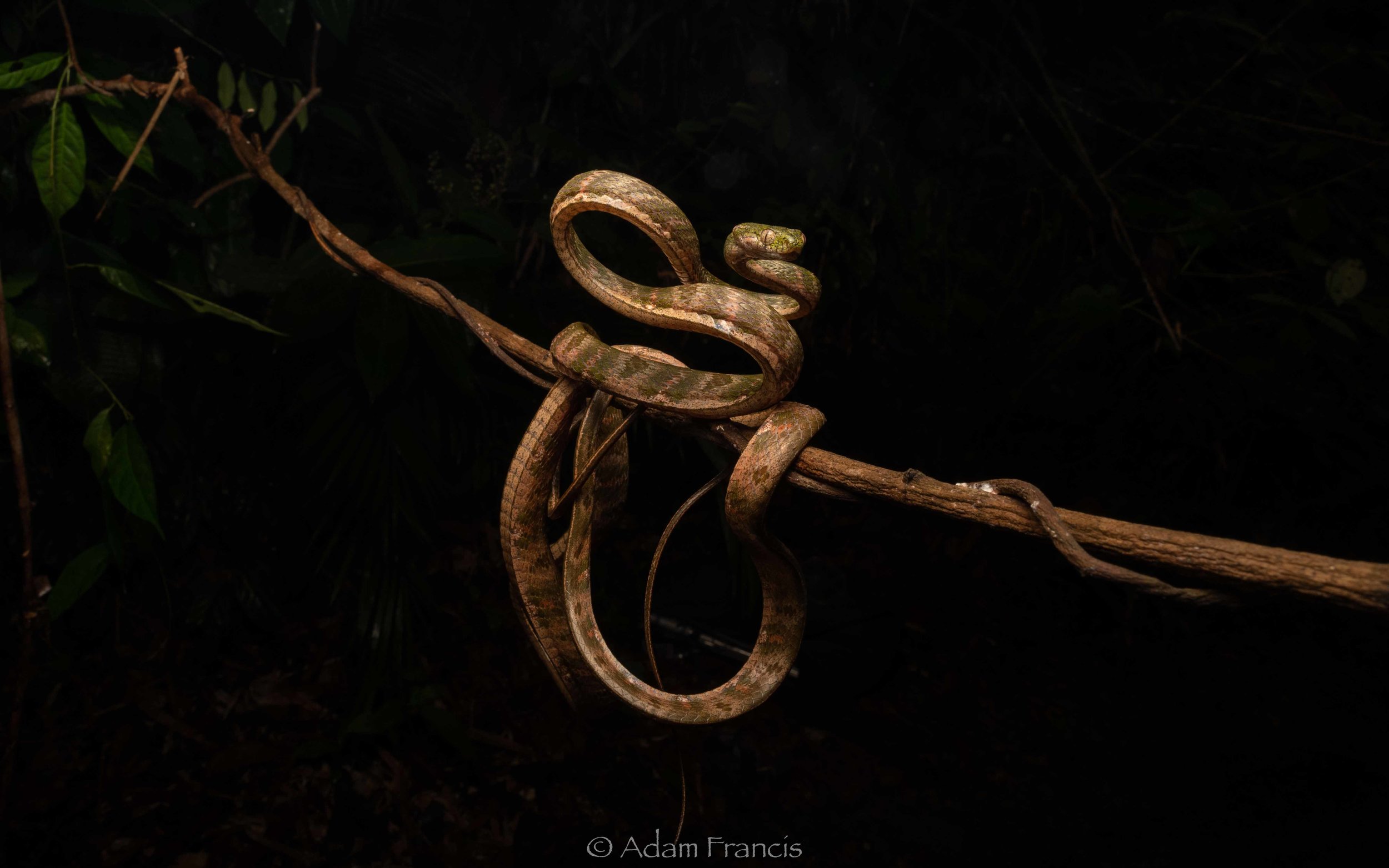
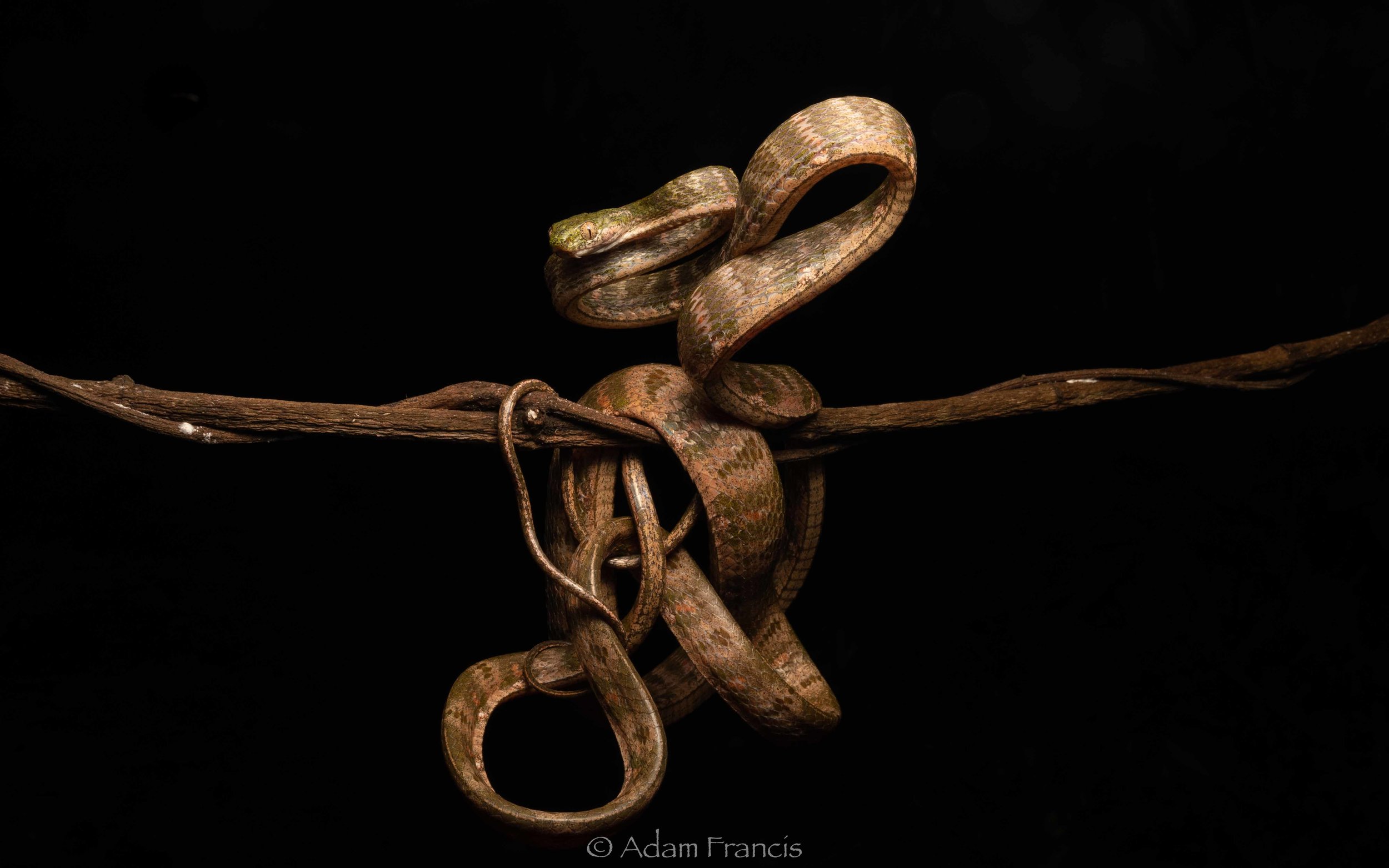
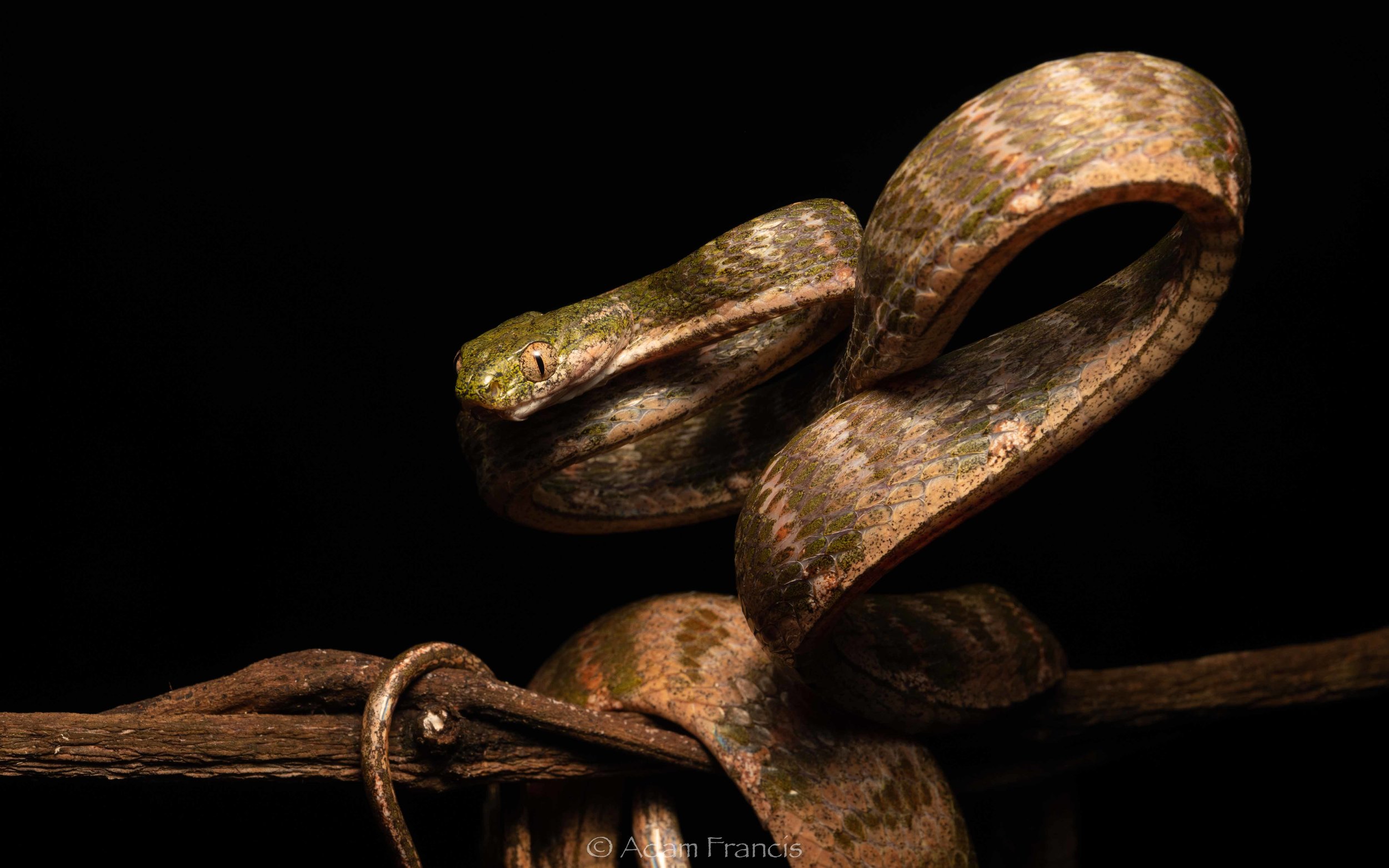
DESCRIPTION
Long and slender the White-Spotted Cat Snake is a stunning example of the genus. Variable in color from reds and grey to pink and green this species is very well camouflaged in its natural environment. Like other Boiga’s its head is large relative to its neck and its tail is very long aiding in its tree climbing abilities.
BEHAVIOR
The White-Spotted Cat Snake is a largely arboreal snake and as such is prone to seek out high ground when confronted. They also commonly display initial aggressive behavior by positioning their front half into a defensive 'S' position. They will strike with largely false bites and occasionally real hits, but their small teeth renders any genuine bite relatively harmless. Technically rear fanged and venomous but there is no known danger to humans and it is assumed the venom is extremely weak.
HABITAT
Due to their largely arboreal nature White-Spotted Cat Snakes are generally found in forested areas, often close to some water source. They have also been observed hanging from branches over water possibly hunting for fish or amphibians. During the day they hide in hollow logs or under ledges closer to the ground.
MISTAKEN IDENTITY
NO SNAKE SHOULD EVER BE HANDLED BY ANYONE BUT EXPERTS: The Dog Toothed Cat Snake is a relatively uniquely patterned snake and is difficult to mistake with other species especially when considering their arboreal behaviors.

